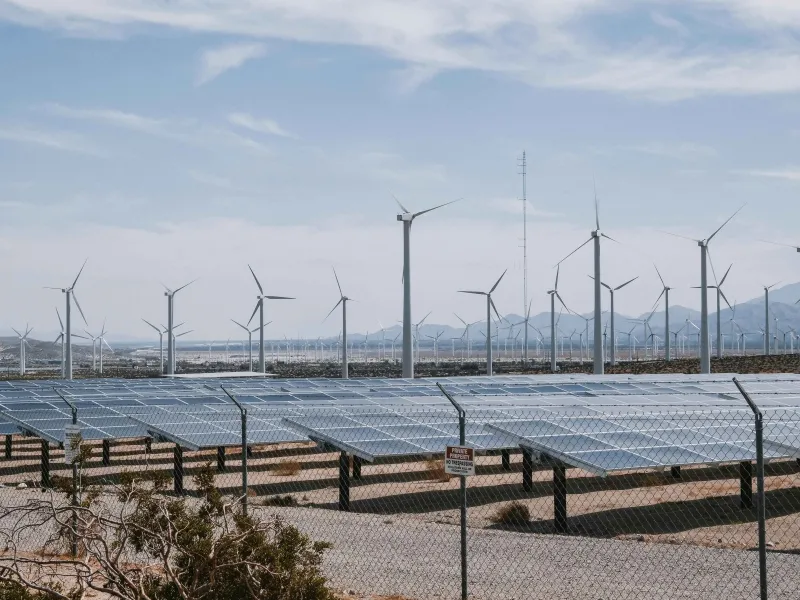India’s Renewable Energy Expansion Continues to Gain Momentum
India is witnessing a significant surge in its renewable energy sector, with the country adding substantial new solar and wind capacity in the first half of 2025. This growth marks a clear shift towards sustainable energy sources and highlights the nation’s commitment to reducing carbon emissions and meeting global climate targets.
According to recent data, India added an additional 21.9 gigawatts (GW) of new solar and wind power capacity during the first half of 2025. This represents a 56% increase compared to the same period in the previous year, indicating a strong upward trajectory for renewable energy development. The Ministry of New and Renewable Energy has been instrumental in driving this progress, with the installed renewable energy capacity reaching 234 GW as of June 2025.
Solar energy remains the largest contributor to this growth, accounting for 50% of the total renewable energy capacity. Wind power follows closely behind at 22%, while large hydro contributes 21%. Other sources such as bio power and small hydro make up the remaining percentages, at 5% and 2% respectively.
Solar Power Leads the Charge
The expansion of solar power has been particularly notable, with 14.3 GW of new utility-scale solar capacity added in the first half of 2025. This is a 49% increase from the same period last year, showcasing the rapid pace of development. Most of this capacity was added during the second quarter, signaling a strong performance in the latter part of the first half of the year.
Wind power also saw a significant boost, with 3.5 GW of new capacity added during the first six months of 2025. This represents an 84% increase compared to the same period in 2024, further emphasizing the growing importance of wind energy in India’s clean energy mix.
Emerging Trends and Future Outlook
Industry analysts, including JMK Research, have noted that the current trend is likely to continue in the coming months. The introduction of new procurement mechanisms such as wind-solar hybrid projects, wind or solar combined with energy storage systems (ESS), and Firm & Dispatchable Renewable Energy (FDRE) tenders are gaining traction. These innovations are expected to drive further investment and development in the renewable energy sector.
JMK Research predicts that India will add another 16 GW to 17 GW of solar and wind capacity in the second half of 2025. This projected growth reinforces the country’s accelerating transition toward clean energy and positions India as a key player in the global renewable energy landscape.
Key States Driving Growth
The states of Gujarat, Rajasthan, and Maharashtra have played a crucial role in this expansion. Together, they accounted for over 50% of India’s total solar and wind capacity additions. These states have been proactive in implementing policies that support renewable energy development, attracting both domestic and international investments.
As India continues to expand its renewable energy infrastructure, it is setting a strong example for other nations looking to reduce their reliance on fossil fuels. With continued government support, innovative technologies, and increasing private sector participation, the future of renewable energy in India looks promising.







